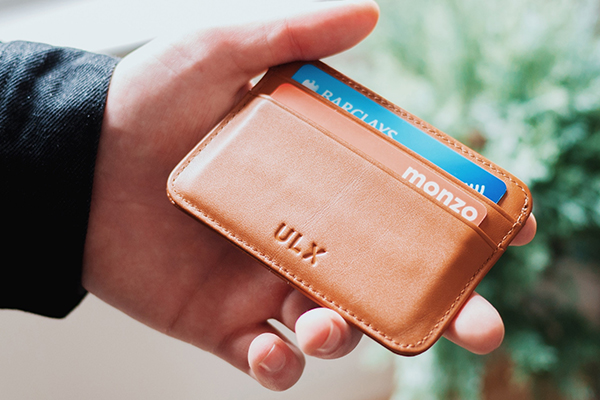The theory goes that older customers are all fierce supporters of bricks and mortar banks and are highly distrustful of digital-only services. This loyalty to their primary financial institutions is assumed to be so entrenched, due to years of banking there, that digital start-ups have geared their services almost exclusively towards ‘flaky’ millennials. Statistically, start-up financial organisations are in fact spending 500% more on marketing to millennials than any another demographic group.
However, whilst stereotypes suggest older generations resist technology and are slow to adopt new products, our research would suggest otherwise. We asked 2000 consumers how open they’d be to a range of new financial products and services, such as digital-only banking and AI advice, and the results are fascinating.


Our data reveals that it’s clearly a mistake to assume older customers don’t like or want digital banking options. While there is a portion who are less comfortable with new financial technology, many 55-plus consumers are in fact extremely open to new services, or at least are keen to learn more about the options available.
So why aren’t older generations converting to digital-only propositions? Many start-up banks are designed almost exclusively with younger consumers in mind. Think of Monzo with their florescent pink cards that conveniently glow in the dark for the party people, or N26 that uses sponsored stories on Instagram like it’s nobody’s business, or Revolut whose adverts have effectively become wallpaper in all South East London tube stations. This sort of targeted advertising is unlikely to gain cut through with older customers, whose needs and behaviours are fundamentally different to younger consumers.
Admittedly, it’s no surprise digital banks are so committed to courting younger consumers, who are known to be three times more likely to open an account with a competitor and five times more likely to close all of their accounts with their incumbent banks. But arguably they are shooting themselves in the foot by speaking such an exclusively millennial dialogue. Migrating older customers to new digital channels holds some clear benefits for financial institutions – not only in cost-savings for simple transactions, but in improving the customer experience as their key customer base gets older and their needs change.
Digital banks need to make more of an effort to educate older customers on how to use their technology to help increase their confidence in it, and ensure they don’t give up when they’re unsure of what to do. More thoughtful consideration of older demographics during the design and activation processes could have a significant impact on adoption rates among older customers, who are clearly keen to take the plunge.
Everyone, regardless of their age, would like a good user experience. If digital banks make their technology as easy and intuitive as possible and provide education on the benefits of app-based banking, consumers of all ages will be more likely to adopt digital services.
There are hundreds of brands emerging in the FinTech app-based banking space, but how can they refine their propositions to connect with Baby Boomers in the most accessible way?


